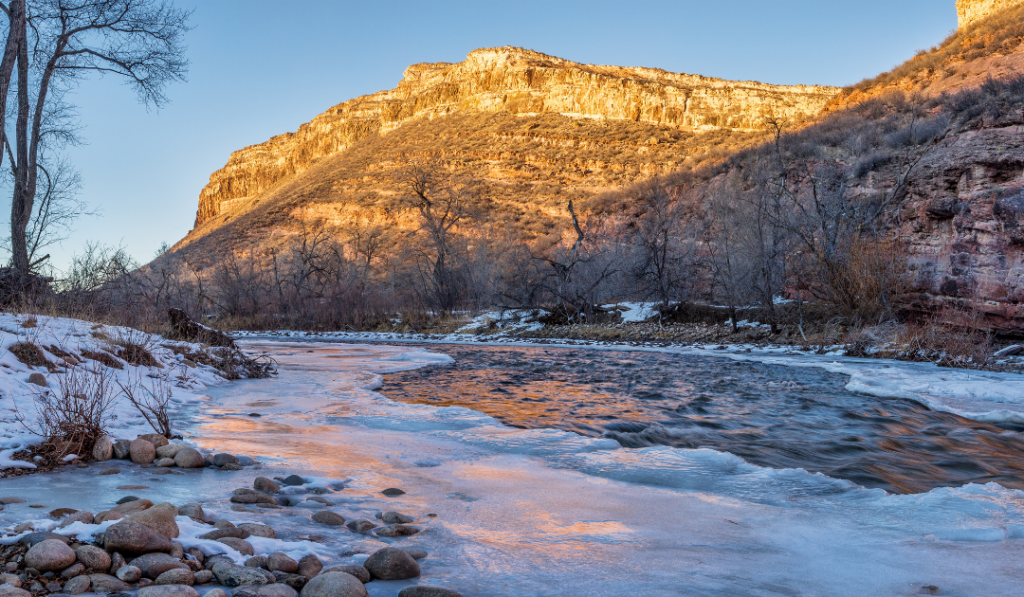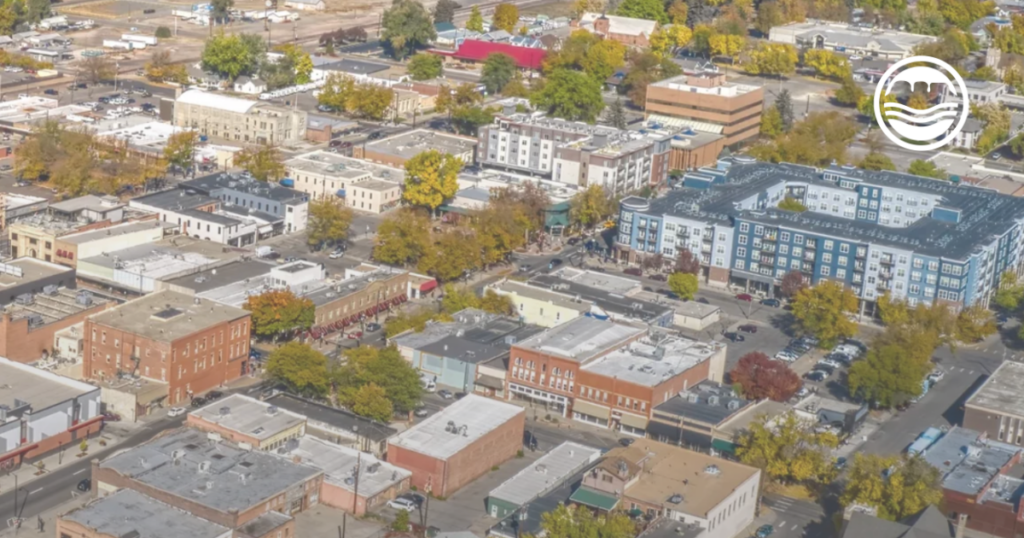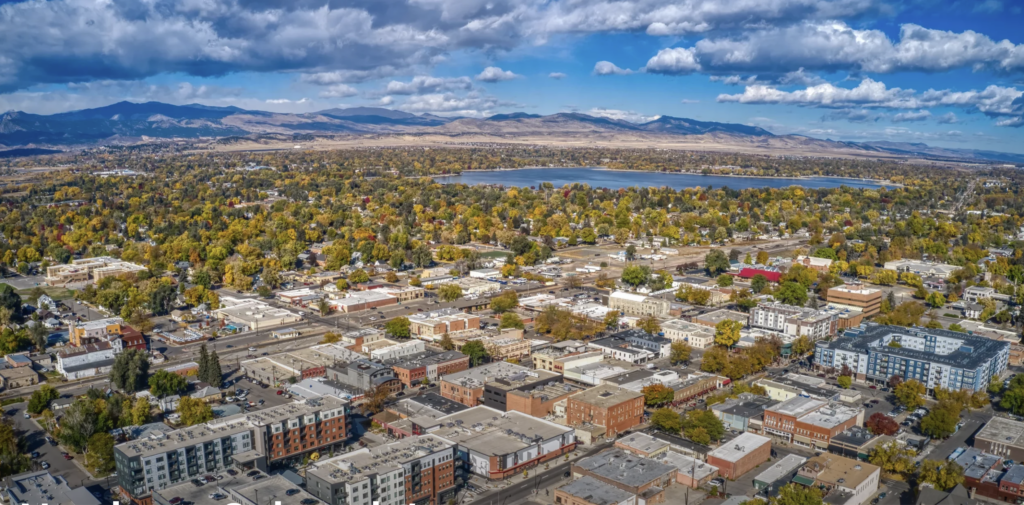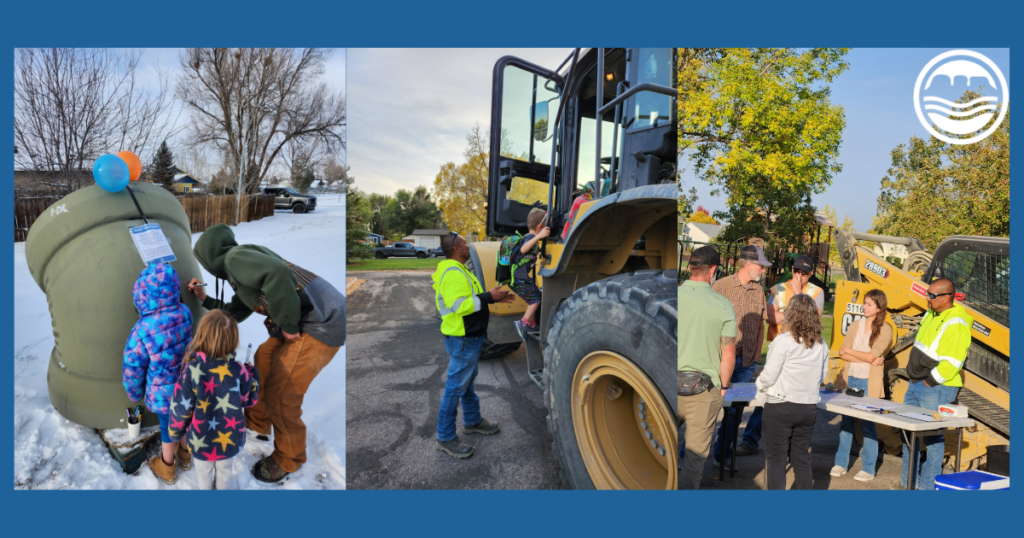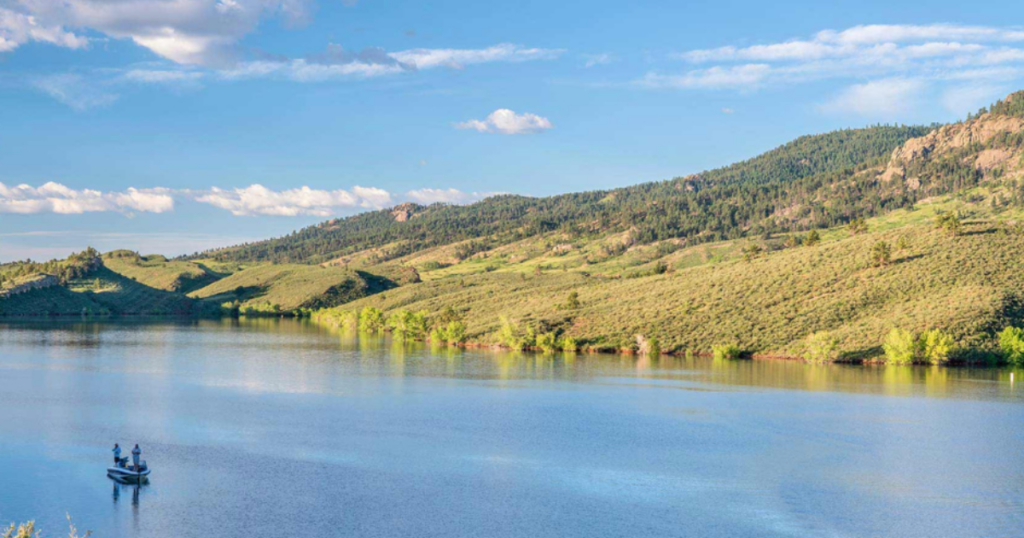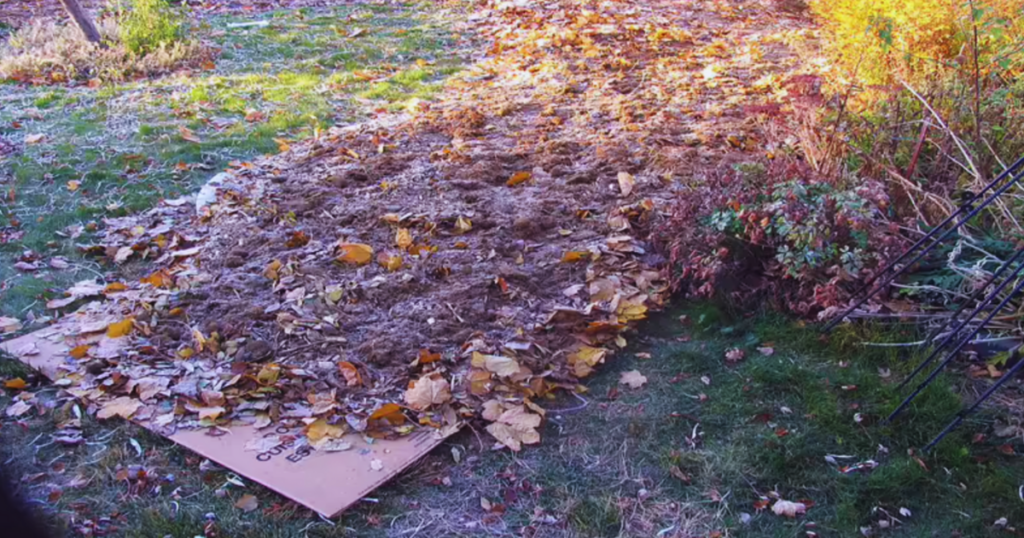You may not know it, but April is a very important month for anyone who relies on water in Northern Colorado, which is everyone. April—a month of showers, as the old adage hopes—happens to be the time of year that Northern Water announces how much supplemental water will flow from the Colorado-Big Thompson Project (C-BT) and into water districts up and down the Front Range. In other words, it’s water quota season.
Since launching in the late 1950s, the C-BT’s water quota has played an increasingly vital role in defining the overall makeup of water access and availability in Northern Colorado. As native water supplies are fully allocated to agriculture and municipal use, while population and industrial demands continue to increase, the C-BT water diverted from the mountains and into the Front Range helps Fort Collins-Loveland Water District bridge the gap.
So, how does Northern Water determine the quota and what’s the “trickle-down effect” as it relates to the FCLWD? Read on for a high-level overview of quota mechanics, and what this means for the overall water security of FCLWD customers (Spoiler Alert: We’re in a very good position!).
Determining the Quota
Prior to issuing the quota, the Northern Water Board solicits input on the available supply and storage of C-BT water, as well as the needs of C-BT water users. When Northern Water announces the C-BT quota for the year, that triggers the North Poudre Irrigation Company (one of several water providers for FCLWD) to announce their share allocation (similar to Northern’s quota). The FCLWD then compares our anticipated annual demand against the supply provided by Northern Water and our other raw water suppliers to determine how we will meet our water needs for the year.
If the District has water supply in excess of our needs, we evaluate how much surplus water we can rent out. Our rental program can only exist when we have more water than is needed in a specific year. In years of short supply, our rental program must shrink so that we have enough water to meet our customers’ needs. After all that, our water access is locked in until the end of the water year, which is the end of October. That’s when we identify any unused water and make storage and carry-over decisions for the next water year, which starts November 1. Of course, there are details and nuances in the process, but hopefully, that provides the necessary context for how the FCLWD receives its C-BT water flow.
Deciding how much water should be diverted from the mountains and into the Front Range is complicated business. As mentioned before, the C-BT water quota system began in 1957, but it was mainly geared for agricultural use that didn’t begin until April. As a result, the quota determination was made in April and amended in later summer if needed. Municipal water users who needed water beginning in November would “float” on a presumed future April quota until April arrived and the actual quota was confirmed.
The quota system changed in 2002 when Northern Water established an “initial” quota in November to define the minimum amount of water that would be available in the upcoming water year, while the snowpack was still uncertain. In years that needed supplemental water on the Front Range, Northern Water has historically increased the November “initial” quota by 10 to 20 percent or more at the April quota, and at times increased it further during the summer to meet the intent that C-BT water is supplemental to native water rights on the Front Range.
So, do water districts throughout Northern Colorado collectively hold their breath in anticipation of quota announcements? Sure. How does the FCLWD feel about our water situation? We’re well ahead of our needs today and in a nice balance, but cautiously optimistic as we anticipate at least 60 years of additional growth. Our “Growth to pay its way” approach, however, ensures we’re investing in additional water resources to bolster our portfolio.
FCLWD and Water in 2023
If you’re a regular reader of this blog, you’ll already know that the FCLWD is often in a reactionary position. As a water district, the FCLWD doesn’t define regional water quotas, nor do we decide when and where new developments will occur within our district. That means the FCLWD is largely left to react at the intersection of water supply and water demand.
The FCLWD’s singular mission is to provide access to affordable, clean water for all customers. Since our main source of water comes from Horsetooth Reservoir, which is part of the C-BT system, it’s important that we accurately determine current and future water needs to make sure our water yield from C-BT and other native sources is sufficient, or if we need to purchase additional sources, such as groundwater and additional ditch rights.
When planning for a stable water portfolio in the short- and long-terms, there are many considerations. These include snowpack levels in the mountains, precipitation trends and projections in the Front Range, storage capabilities, cooperation and collaboration with ditch companies, and smart projections about future growth and demand, including benefits of conservation practices.
As we continue to investigate the further diversification of our water portfolio, we’re grateful to be in the current position we’re in. The FCLWD is in a uniquely good position. We’re still under 50% of the complete build-out of our water distribution system, and our approach to growth, combined with proactive planning and resource scouting, means we’re expected to remain in a favorable position.
However, situations do change: Environmental factors, legislative changes and growth spikes are all variables that factor into our overall water security.
Stay Informed, Keep in Touch
Water access is a fluid matter, and things can shift. However, the FCLWD values transparency, which is why we’ve created spaces like this blog for customers to keep you informed and help shed light on what Colorado’s evolving water issues mean for you as a FCLWD customer.
So, please stay tuned here as we’ll continue to provide you with information. In between blog updates, don’t forget to check out the FCWLD on social media, which not only provides updates on things like water quotas, but also gives you access to information about key promotions, programs and conservation tips.
 Skip to content
Skip to content

